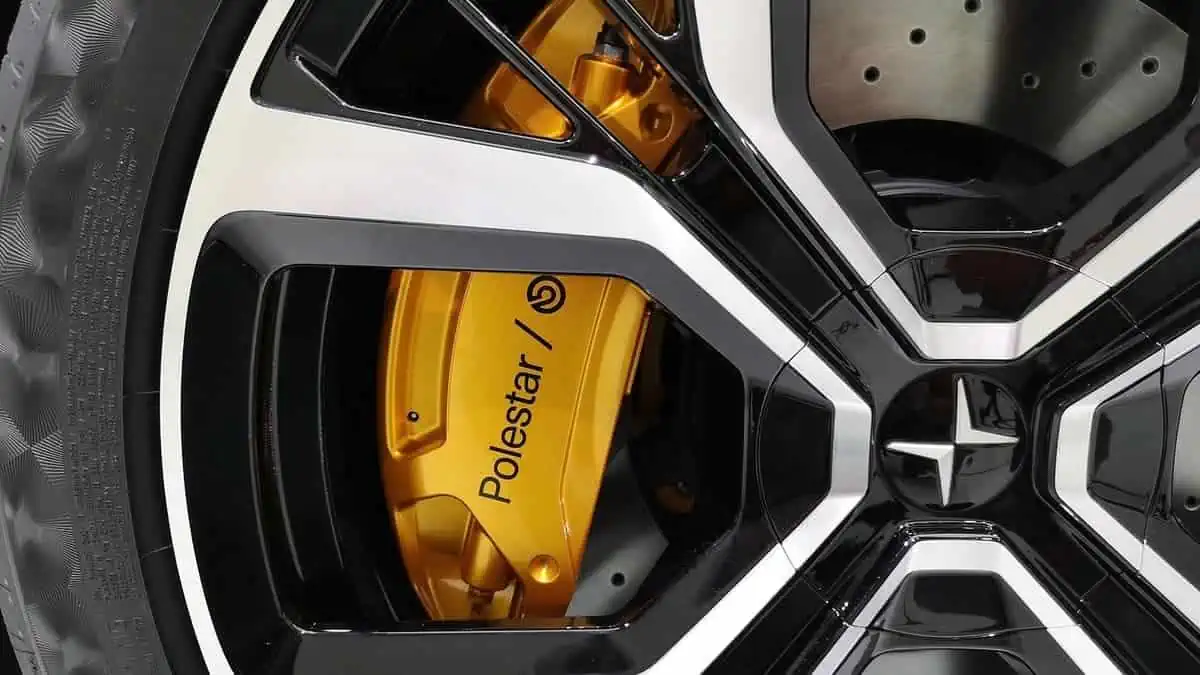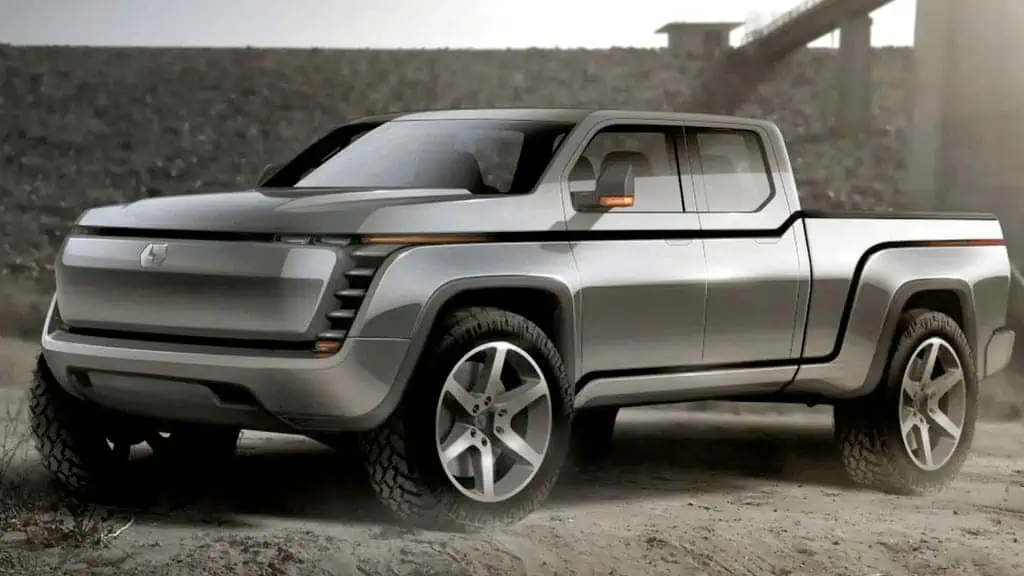Polestar recently disclosed that it had secured $1.6 billion in funding from two significant shareholders to support its planned future growth, according to Autonews.
Ambitious goals
Polestar and other automakers seek to expand their business despite the current state of the global economy, especially in Europe. That said, Polestar has obtained a sizable $1.6 billion loan from parent firm Volvo Cars and shareholder PSD Investment ($800 million each).
Thomas Ingenlath, the CEO of Polestar, cites two driving motives for the company to obtain such sizable capital. “[We] are on track to reach our goal of delivering 50,000 cars to customers in 2022. We are making strong progress on our ambitious plans to launch three more cars by 2026…”
The press statement did not directly state how the new capital would be used. Nonetheless, it is evident that the emphasis is on creating Polestar’s current lineup and developing its next automobiles.
Federal tax credit illegibility
Notably, the next Polestar 3 will be produced by the Scandinavian brand in a precedent Volvo Cars factory in South Carolina. Meanwhile, the Polestar 2 car will probably still be produced in China along with other Geely EVs..
The brand’s planned electric SUV would therefore be eligible for federal tax incentives in the US, but its electric sedan would not. It is also worth noting that only a few weeks have passed since Polestar declared that it would keep working with Chinese financer Industrial Bank.
However, no documented funding agreements with the bank have yet been made. Despite this, Industrial Bank established a name with Polestar, and many believe the two will collaborate eventually.
The demand for electric vehicles is rising worldwide due to certain government initiatives to push for net-zero emission targets. However, the automaker needs a variety of alternatives and sufficient production capacity to profit from it.
In recent months, the supply and demand chains have appeared to be sluggish. Nonetheless, uncertainty remains on how current global political and economic developments will impact the aforementioned significant chain in the automotive sector.






